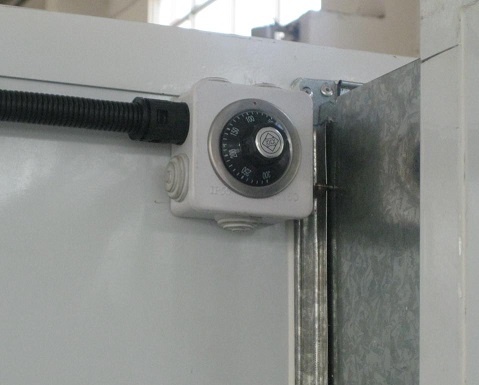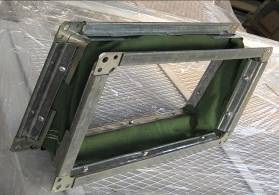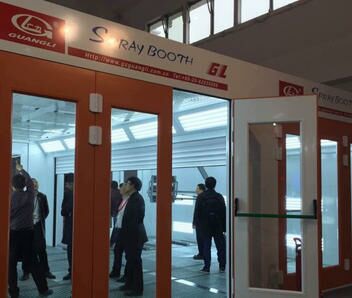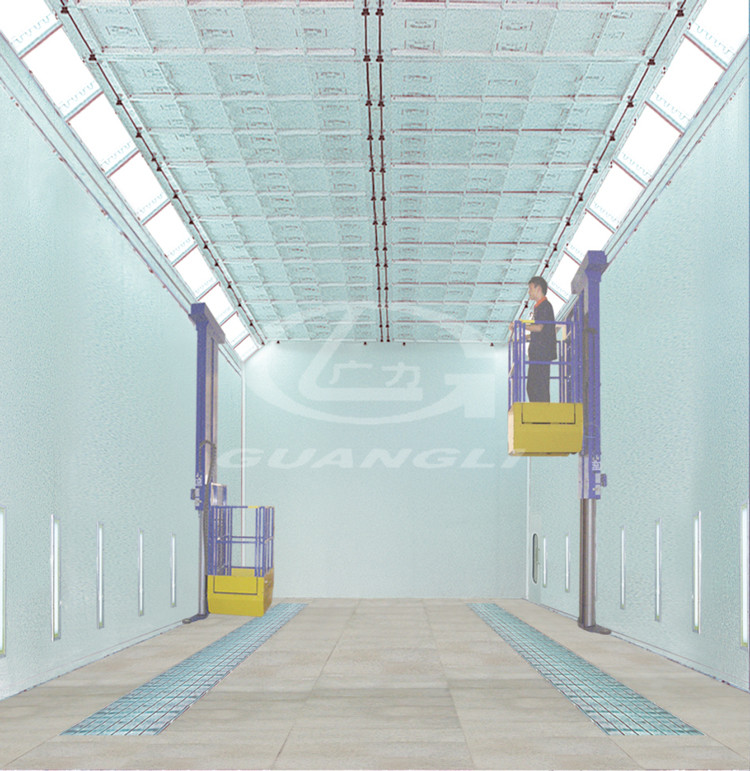Security Concept In The Paint
In the paint, there are various solvents containing benzene and benzene compounds, such as toluene, xylene and so on. Diluents in ethanol, butanol and other common industrial solvents are also toxic, and even some are highly toxic, such as methanol and so on. The existence of these toxic substances on the human nervous system, respiratory system and skin have some toxicity, the most common occurrences such as benzene poisoning and paint poisoning and so on. In the coating process, often produce large amounts of volatile gases, spread in the air. These large amounts of toxic hot gases, if inhaled by the body, can develop nervous system diseases, such as dizziness, palpitation and nausea and vomiting. Frequent exposure of fingers and other parts to various solvents and toxic gases can also cause skin corrosion, degreasing, itching, roughness, cracking and other diseases.
In painted environments, working eight hours a day, while working in a safe environment, does not have the same level of sensitivity and affordability. Over time, over time, it is inevitable that the body will not be affected, so in the paint job site, we must take the necessary protective measures can be considered from the following aspects.
First, establish the first thought of safety and enhance the concept of protection
Painting construction, we must establish the first security concept, enhance the concept of protection, the implementation of specific security measures. First of all should understand the types and characteristics of paint, toxic injury to the human body, the use of paint precautions, and may be poisoning emergency measures. Especially in indoor, cabin, underground construction sites, mines, vehicles and other poor ventilation or no ventilation in the construction environment, must not exceed the maximum allowable concentration of solvent and working hours limit.
Construction workers must understand in advance to grasp the packaging of toxic solvents signs, and master the safe use of solvents. In particular, the person in charge of construction and the personnel responsible for safety must establish a clear job responsibility system, supervise and inspect the implementation of safety production and labor protection regulations and relevant operating procedures. The construction methods, the issuance and use of labor protection supplies, ventilation and ventilation equipment, the normal operation of the necessary supervision, and construction workers often safety education, firmly establish the idea of safety first and labor protection concept, the timely elimination of all kinds of Safety risks to ensure safe production.
Second, to ensure the normal operation of construction equipment and safety protection devices
In the coating construction process, the correct construction technology, normal and intact construction equipment and safety protection devices, is the fundamental guarantee of safety, indispensable, is a complete system engineering.
In the rapid development of science and technology today, everyone attaches importance to the safe production of modern, general coating production site, the conditions are better. However, in some maintenance enterprises, some township and village enterprises are in poor conditions and often have one or the other problems. This is a weak link that deserves our attention. from the process, from the construction equipment and safety devices. to eliminate unsafe hidden dangers. According to the coating production of the specific circumstances, consider the use of paint construction equipment and safety protection device configuration and use. Such as indoor construction and the use of volatile solvents, should be used to install airtight equipment or exhaust devices to prevent leakage of equipment. If in the tank, tank painting inside, be sure to ensure that the displacement and intake air to maintain balance. In short, should be necessary construction equipment and safety protection device to ensure the safety of coating production.
Third, improve the construction environment, to ensure normal ventilation
For spraying construction sites, normal ventilation is very important, is to prevent the occurrence of fire and explosion accidents of the fundamental measures, but also to prevent harmful gases an important means of excessive. Under normal circumstances, the windows and other openings directly with the outside ventilation area of ?? the area should be coated workshop floor area of 1/20 or more, it is possible for normal ventilation. If you have good ventilation equipment, you can not be limited by the above ratio. The actual situation of coating production, paint usage and types are constantly changing, volatile gas production and discharge are not balanced, all with the time, the region, the spraying situation without certain changes in law. To this end, we must constantly carry out the necessary testing, strictly control the "three wastes" exceeded, identify problems and solve them in time, must never have the idea of once and for all.
Fourth, to strengthen the construction environment testing to prevent "three wastes" exceeded
Indoor construction, at least check the air concentration in order to maintain a good construction environment every six months. This is in the production of more normal production without any difference between the circumstances put forward. For coating production changes, such as production, process have greater changes, we must important parts, that is, the safety factor of the larger parts, timely testing. Grasp the changes in the status of various parts of the data in order to take appropriate measures. For widely used organic solvents, such as acetone, xylene, toluene, ethyl acetate, dichloroethane, etc. must regularly check the degree of contamination and determine the sampling site. The main choice in the exhaust, exhaust vents, floors, ceiling and other parts of the vicinity, and determine the concentration distribution, and the choice of the same interval between the plane as the measuring point. According to the measured data and distribution, check with the control standards. If there are excessive standards, measures should be taken to deal with them to prevent accidents and ensure a good and safe environment for construction.
Fifth, the operator's protection
In the coating process, the operator in the construction site, directly in the paint and solvent operation, all kinds of toxic gases and solvents pervade, filled the entire place. Therefore, the protection of individual operators is very necessary, but also very necessary. This is also an important part of painting safety technology.
Construction workers in the painting operate, should wear a variety of protective equipment, such as overalls, gloves, masks, masks, glasses and shoes and hats. Do not allow solvents to touch the skin. At the same time rub the exposed skin on medical Vaseline or other skin care products. Low boiling point on the solvent, volatile fast, toxic, easy to inhalation of the trachea spraying workplace should pay special attention to prevent inhalation of the lungs.
Toxic gas emitted during construction, at high concentrations, on the human nerve has a serious stimulus and harm, can cause cramps, dizziness, coma, pupil enlargement and other symptoms. If not timely protection, in prolonged exposure can make loss of appetite, damage to the hematopoietic system, chronic poisoning.
Paint mist for the human body can not only inhale through the lungs, but also through the skin and stomach absorption and the occurrence of hazardous effects. Long-term contact with the human body paint surface, can dissolve the skin surface fat, causing dry skin, cracking, redness and may cause skin diseases.
Some paint pigments contain toxic components, such as red lead, lead chrome yellow, etc., this paint brushing, it is best not to spray. When used, should take precautionary measures, this paint can cause acute or chronic lead poisoning, the best alternative alternative coating to reduce the possibility of poisoning.
Spraying paint booth, do not immediately stop the ventilation equipment, let continue to run for a period of time, the residual paint mist and solvent gas emissions.
After painting, the operator felt tracheal dryness, due to inhalation of paint mist due to solvent evaporation, should drink warm water. When cleaning spray guns and tools, not to touch the skin with solvent. After finishing wipe the skin on the Vaseline or other skin care products, then wash hands and feet with warm water and soap, it is best to often take a shower.
Do a regular basis the coating operator physical examination. the operator of the poisoning situation, in a timely manner to give the appropriate medical treatment.
More information at GL Spray Booth






